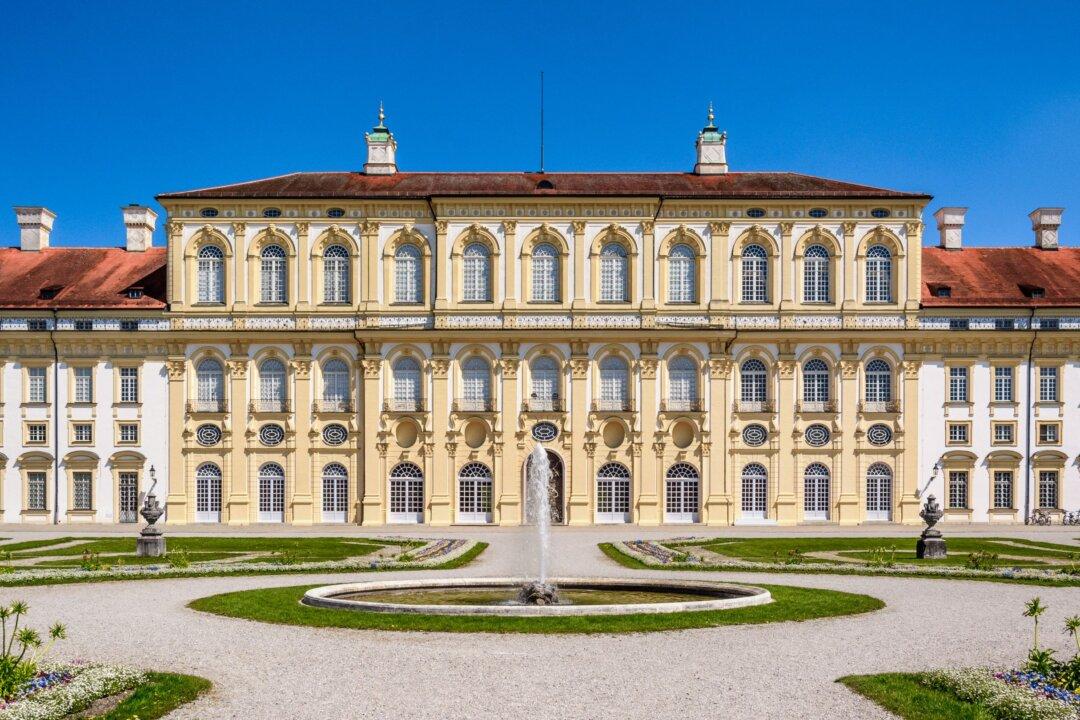What’s better than one palace? Three, of course. North of Munich, Germany, one can visit the sumptuous Schleissheim Palace complex, a former summer residence of the Wittelsbach dynasty. The estate hosts three individual royal residences: the Old Palace, the New Palace, and the Lustheim Palace. As one of Bavaria’s largest and most impressive palace estates, it was first meant to be the residence of a potential emperor.
Around 1598, the Duke of Bavaria, Wilhelm V, commissioned a country house and hermitage in Schleissheim. His son, Maximilian I, replaced the building with a late Renaissance-style palace: Alte Schloss Schleissheim, the Old Palace.






